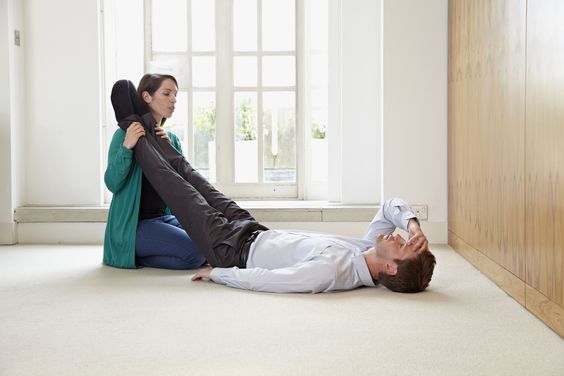Introduction:
Syncope, commonly known as fainting, is a temporary loss of consciousness caused by a sudden decrease in blood flow to the brain. It's a relatively common occurrence, affecting people of all ages. While not always serious, syncope can sometimes indicate an underlying medical condition. Understanding its symptoms, causes, and treatments is crucial for effective management and prevention.

This article aims to provide a comprehensive overview of syncope. We will delve into the various symptoms associated with fainting, explore its numerous potential causes, and outline the available treatment options. By shedding light on this often misunderstood condition, we hope to empower individuals to recognize syncope, seek appropriate medical attention when necessary, and take proactive steps to prevent future episodes.
Recognizing Syncope: Symptoms to Watch For
Syncope typically presents with a distinct set of symptoms that can help differentiate it from other conditions. Common signs include:
- Dizziness and lightheadedness: This is often the first warning sign, creating a sensation of instability or impending faint.
- Blurred vision: Vision may become hazy or blurry as blood flow to the brain diminishes.
- Weakness and fatigue: A sudden feeling of weakness and exhaustion can precede or accompany syncope.
- Nausea: Some individuals experience nausea prior to losing consciousness.
- Pallor: The skin may appear pale due to reduced blood flow.
- Cold sweats: Profuse sweating can occur during a syncopal episode.
- Brief loss of consciousness: This is the hallmark of syncope, typically lasting for a few seconds to minutes.
Unveiling the Causes: Why Does Syncope Occur?
Syncope can stem from a variety of factors, ranging from benign triggers to more serious underlying medical conditions. Common causes include:
- Vasovagal syncope: This is the most common type, triggered by certain stimuli like pain, stress, or prolonged standing.
- Orthostatic hypotension: Occurs when blood pressure drops suddenly upon standing, leading to reduced blood flow to the brain.
- Cardiac syncope: This type originates from heart conditions such as arrhythmias, valve problems, or coronary artery disease.
- Neurological disorders: Conditions like seizures or stroke can also cause syncope.
- Medications: Certain medications, particularly those affecting blood pressure, can contribute to fainting.
Treatment Strategies: Addressing Syncope Effectively
The treatment for syncope depends on the underlying cause. After a thorough medical evaluation, your doctor will recommend an appropriate course of action, which may include:
- Lifestyle modifications: For vasovagal syncope, avoiding triggers, staying hydrated, and incorporating regular exercise can help.
- Medications: In cases of orthostatic hypotension, medications to regulate blood pressure might be prescribed.
- Cardiac interventions: If a heart condition is identified, treatments such as pacemakers or medication may be necessary.
- Treating underlying medical conditions: Addressing any existing health issues contributing to syncope is crucial for effective management.

.jpg)